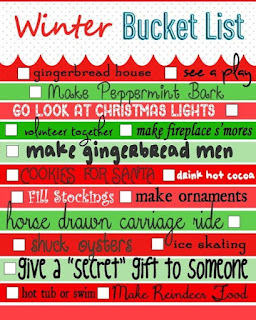January 2016- 100 words, 600 word approximations paired with generalized signs. Strangers understand none of her speech other than "mama", "baby", and "Daddy"
December 2016- Says about 400 simple words, about 800 word approximations paired with generalized signs. Strangers understand maybe 75 words
Reading:
January 2016- Knows all uppercase letters, knows 7 lowercase letters. She can recognize her own name.
December 2016- Knows all upper and lower case letters, but sometimes mixes up q, b, p, d. Can identify several sight words and is understanding that the letters on the page mean something! She will sit and independently look through books for extended periods of time (30-60 minutes). Starting to try and read early reader books like "Ham and Jam"
Writing:
January 2016- Sometimes held pencil correctly, can write C and sometimes H. No tracing seen.
December 2016- Can sometimes write her own name in very large letter, and can trace a few letters (O, C, H, L, T) and some basic linear patterns, almost always holds marker/ crayon correctly
Potty Training:
January 2016- In diapers full time, no concept of when she was going, didn't tell me ever that she needed to go.
December 2016- In underwear full time, knows when she is about to go and signs and says "Potty", "pee-pee", and "poop" when asked. Still struggles with wiping and washing hands independently. Mommy nearly lost her mind multiple times this year getting her to this level! I think her record was 28 accidents in a SINGLE DAY!
Self-Help Skills:
January 2016- Usually follows simple, one-step directions (Pick up the ball), no hygiene skills, struggles to get on any clothes, struggles with cleaning up independently
December 2016- Attempts to brush teeth and hair, will usually follow more complex one-step direction (clean up your art project) or simple 2-step directions (get your clothes and bring them to me), puts on underwear and most shirts, skirts, and shoes by herself. Needs help with more difficult clothes- dresses, socks, things with buttons or zippers, helps with chores she has done repeatedly (putting clothes in hamper)
January 2016- No cutting skills, can draw a "happy" face (with a straight line for the mouth), poor pincer grasp
December 2016- Starting to cut independently by opening and closing scissors, writing more letters and tracing better,
PT Skills:
January 2016- Can run for 20-30 seconds at a time, and jumps off floor with two feet, Steps off bottom step with one foot, cannot consistently alternate feet on stairs
December 2016- Can run for 1-2 minutes at a time, and can jump from bottom step to the ground with two feet. Alternates steps going up and down stairs regularly.




















































